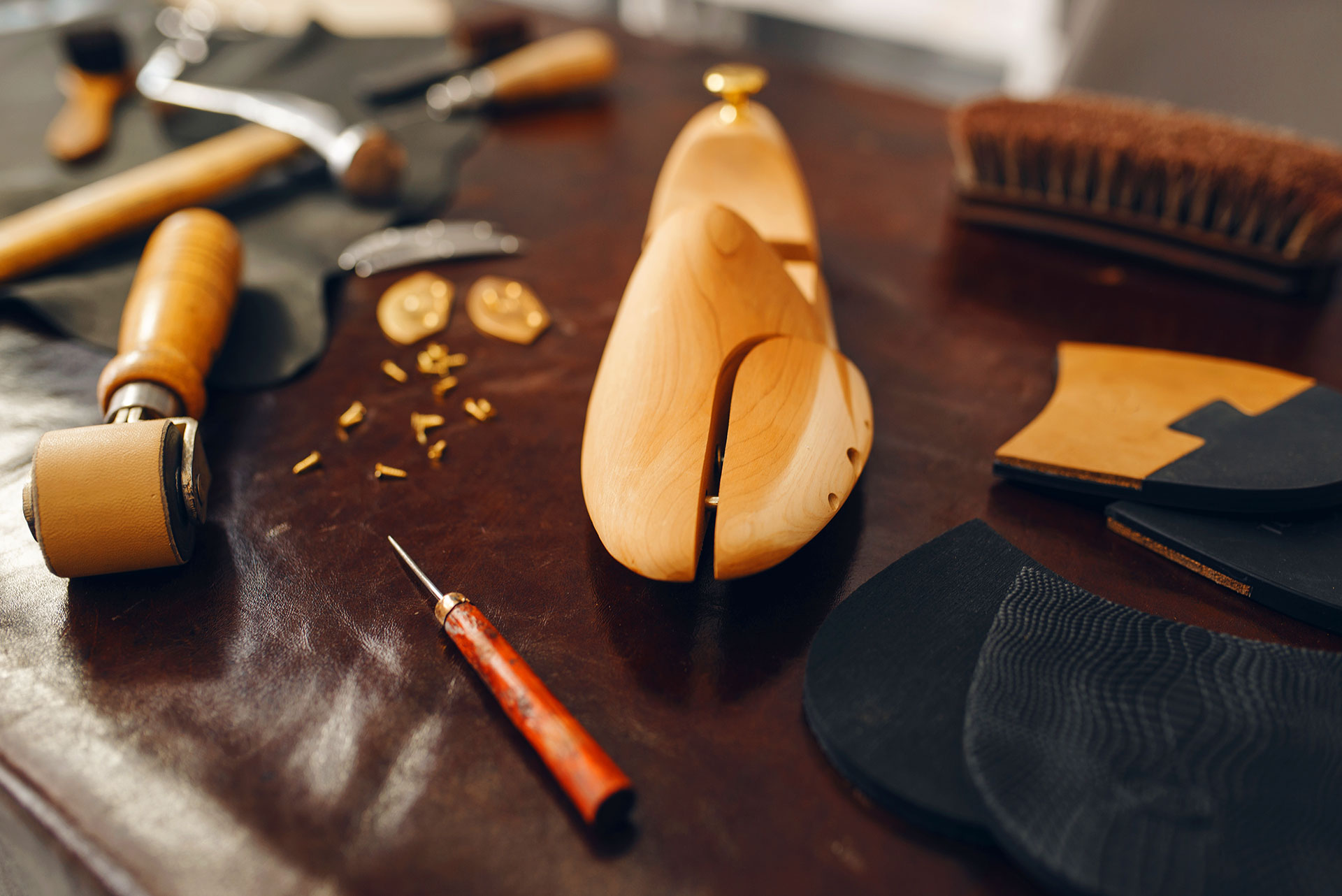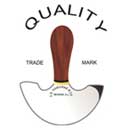
28 May Why pros still trust hand tools in a digital world
You can program a machine to cut with laser precision. You can design patterns on a screen and print them with robotic arms. You can even replicate centuries-old stitching patterns at the push of a button. But ask a seasoned leatherworker what they reach for first, and more often than not, it’s still a hand tool.
Not because they’re old-fashioned. Because they know better.
Tactile Feedback You Can’t Replicate
There’s something you get from a hand tool that no machine can give: feel. The feedback from the leather, the grain, the tension of the thread, it all travels up through the tool and into your hand.
You adjust in real time. You sense when to slow down, when to press, when to pull back.
That intuition comes from touch, not tech.
Control in the Details
Power tools and automation can do big jobs fast. But when you’re hand-finishing an edge, setting a grommet just so, or trimming a curve on a delicate piece, speed isn’t what matters, control is.
That’s where hand tools shine. They’re not just precise. They’re responsive. They allow for micro-adjustments on the fly—no programming required.
Tools That Outlast Trends
A well-made hand tool doesn’t become obsolete. It doesn’t need a software update or a replacement part from overseas. With care, it can last decades. Some are passed down. Others just keep going, project after project, never needing permission to keep doing their job.
Here’s why pros stick with them:
- Instant readiness—no booting, no calibrating
- Lower maintenance with fewer things to break
- Portability—your whole shop can fit in a roll
- The ability to pivot mid-task without losing quality
Machines Can Replicate. Hands Can Improvise.
Automation is great at repetition. But leather is organic. No two hides behave the same way. A wrinkle here, a stretch there, and suddenly, that perfect machine-cut doesn’t quite land. That’s when the hand tool wins.
The human hand, guided by experience and equipped with the right blade or awl, can pivot, adapt, and feel its way through those subtle changes.
Conclusion
In the rush to modernize, some things are worth holding onto. Not out of stubbornness, but out of respect for what still works better than anything else.
That’s why hand tools remain at the heart of serious leatherwork. Because craftsmanship, in the end, is personal. And there’s nothing more personal than the tools in your hand.


